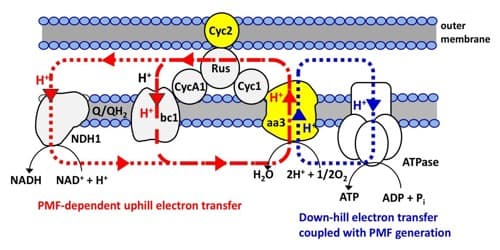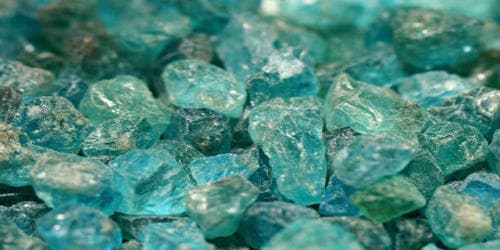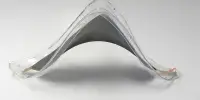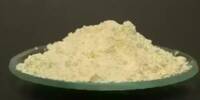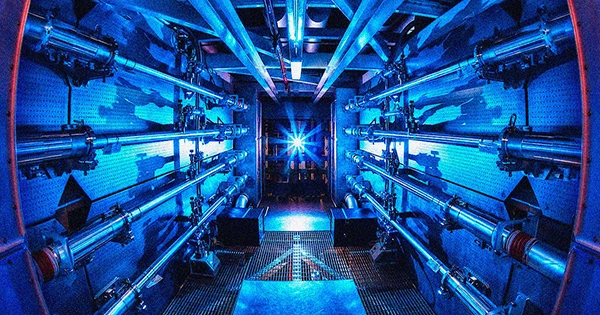The phosphorus cycle is a biogeochemical cycle that details how phosphorus moves through the lithosphere, hydrosphere, and biosphere. It lacks a gaseous phase, unlike several other biogeochemical cycles, such as the carbon and nitrogen cycles. Unlike many other biogeochemical cycles, the atmosphere has little influence on the transportation of phosphorus since phosphorus and phosphorus-based compounds are usually solids at Earth’s typical temperature and pressure ranges.
Instead, phosphorus predominantly circulates in the soil, water, and living creatures. The primary source of phosphorus is rocks and minerals, from which it is released via weathering processes. Phosphine gas is only produced under unique, local conditions. As a result, the phosphorus cycle should be viewed holistically before focusing on the cycle in terrestrial and aquatic systems.
To function properly, living creatures require phosphorus, which is an essential component of DNA, RNA, ATP, and other compounds. Plants absorb phosphorus as phosphate and incorporate it into organic molecules, but in animals, phosphorus is an important component of bones, teeth, and so on. Over thousands of years, phosphorus on land gradually becomes less available to plants due to runoff.
The phosphorus cycle is a biogeochemical cycle that details how phosphorus moves through the Earth’s several compartments, which include the atmosphere, hydrosphere, lithosphere, and biosphere. Phosphorus is a vital element for life, contributing significantly to the structure of nucleic acids (DNA and RNA), ATP (adenosine triphosphate, an energy transfer molecule), and other biological components.
The phosphorus cycle involves the following key processes:
- Weathering: Phosphorus is released from rocks through weathering, which can be physical, chemical, or biological. Over time, rocks break down, and phosphorus is released into the soil.
- Absorption by Plants: Plants take up phosphorus from the soil in the form of phosphate ions. This uptake is a crucial step in the transfer of phosphorus to the biotic components of ecosystems.
- Consumption by Animals: Animals obtain phosphorus by consuming plants or other animals. Phosphorus becomes incorporated into the tissues of organisms.
- Decomposition: Decomposers break down organic matter, releasing phosphorus back into the soil. Microorganisms play a key role in this process.
- Leaching: Phosphorus may be leached from the soil into water bodies, such as rivers and oceans. This can occur through rainfall or irrigation.
- Sedimentation: Phosphorus in water can bind to sediments and settle at the bottom of water bodies. Over time, this can contribute to the formation of sedimentary rocks.
- Geological Uplift: Over long geological timescales, phosphorus-containing rocks may be uplifted and exposed to weathering processes again, restarting the cycle.
The phosphorus cycle is slower than gaseous compound cycles, and human activities like agriculture and the usage of phosphorus-containing fertilizers can have an impact on it. Excessive phosphorus runoff from agricultural areas, for example, can cause eutrophication, resulting in hazardous algal blooms and a severe impact on aquatic ecosystems. Managing phosphorus inputs and outputs is critical to preserving ecological balance and preventing environmental deterioration.

